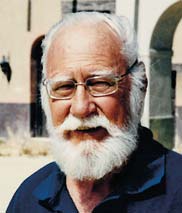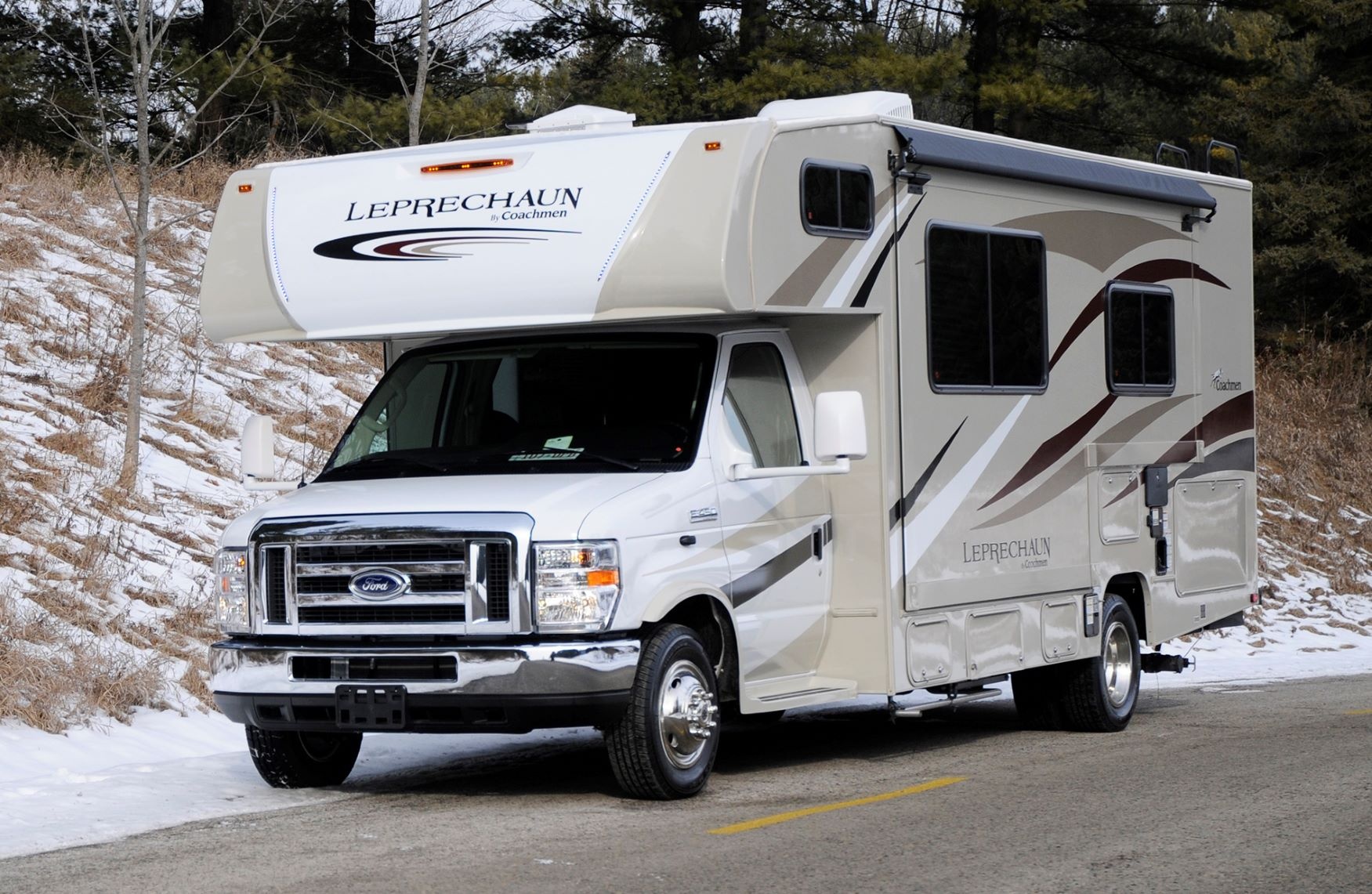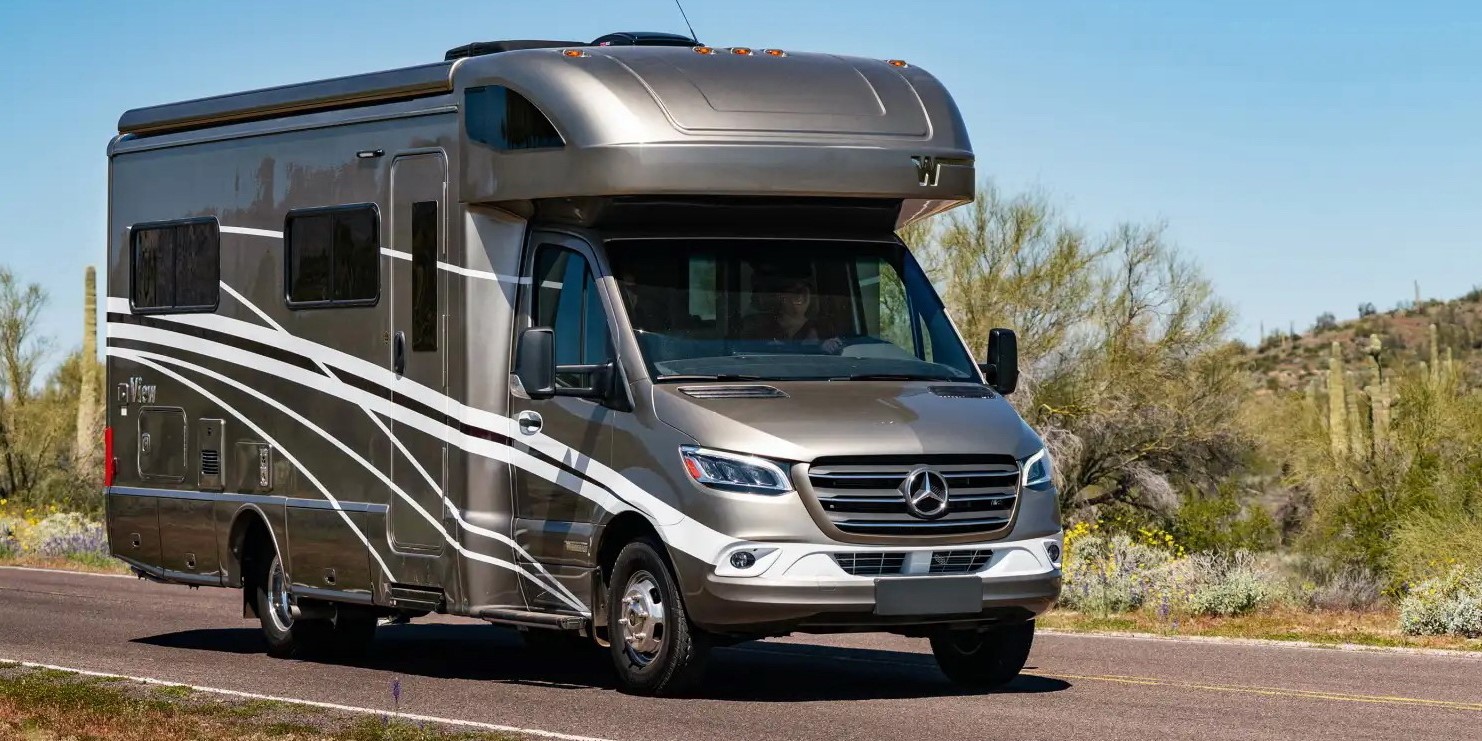2022 marks RV Lifestyle Magazine’s 52nd anniversary year and we are highlighting various previously published articles. This article on winterizing an RV was originally published in 1993 in Vol. 22 No. 1, and has been updated to reflect the current 2022 RV experience.

If you store your RV for the winter, or head south to the sunbelt states, you may be missing one of the most interesting seasons for camping!
Winter camping in a motorhome is a fantastic extension of your leisure time activities. Your motorhome is your means to enjoy more time outdoors or with your favourite winter sport.
A few necessary preparations are in order so that you can enjoy winter to the fullest. Start by winterizing the water system of your motorhome. Some people believe that adequate protection of the water system can be achieved by blowing the water out of the lines with air pressure. This is a fallacy, no matter how hard you blow some water will always stay in the lines.
To drain the lines properly you must turn off the water pump and drain the fresh water tank. Flush the water supply tank and both holding tanks with fresh water, then windshield washer antifreeze can be poured down the toilet and sinks to prevent the waste tanks from freezing solid. You may bypass the hot water tank by unscrewing the hot and cold water lines from the tank, then connect them together with a double male fitting.
Some people prefer to install a permanent hot water tank bypass valve system. This consists of two valves and a short hose between the two valves. Your RV dealer stocks a kit specially designed for this purpose.
Another valve can be installed between the pump and the fresh water tank with a short piece of hose that can be inserted in an antifreeze bottle. When the valve handle is turned to face the fresh water tank, the pump will draw fresh water through the system. When the valve handle is facing the short piece of hose, the antifreeze will be drawn from the bottle. (Some owners prefer to install a small storage tank for the antifreeze so that it’s always available on a moments’ notice.)
Turn on the pump. Start with the cold water taps, opening and closing one at a time until you see the antifreeze coming out. When the cold water taps are done, repeat the same process for the hot water taps.
When you have finished the taps, make sure that you flush the toilet to protect it with antifreeze. Pour some antifreeze down the “J”-tube of the toilet to prevent this tube from splitting and allowing methane gas to enter the RV. Also, be sure to run antifreeze through the showerhead. Run the taps long enough so that some antifreeze will stay in each of the sink traps and the holding tanks.
When the water system has been winterized, check your batteries. The liquid electrolyte should be topped up and the batteries charged. Clean any corrosiuon from the top of the batteries with a solution of baking soda and water. When the batteries are charged, leave them outside in the motorhome. Do not store batteries in the house as they will self-discharge in the warmth. Now, your motorhome is prepared for winter storage between trips.
Pre-winter travel prep:
When you are getting ready to leave for a winter vacation, turn on the furnace the day before leaving. Open all the cupboard doors to allow warm air to circulate and chase out the dampness.
After the furnace has been on for a while and the interior is warm, the fresh water tank can be filled with water. Turn on the taps and run fresh water through the system to chase out the antifreeze. You will notice the water foaming as the antifreeze is rinsed out. When the foaming stops, the antifreeze is gone.
If you drink some water with antifreeze it won’t hurt you, but is tastes awful. (The special RV water system antifreeze is non-toxic.) Do not run fresh water into the water heater until you reach your destination each night. The water tank should be empty when you are driving to prevent it from freezing.
Our motorhome has a winter-use package. The holding tanks are enclosed in an insulated compartment with hot air ducted in from the furnace. If you do not have this option, be sure to pour some windshield-washer antifreeze into your tanks to prevent them from becoming solid.
You can buy special electric blankets that glue on the bottom of the holding tanks that are powered by both 12-volt and 110-volt heating elements. After these have been permanently fixed to the tanks, it is a good idea to spray them with polyurethane foam to provide insulation to keep the heat inside the tanks. The 12-volt element is intended for use as you are driving, not when you are sitting in a parking lot.
Some people who regularly winter camp order a storm window package for their motorhome. Others make storm windows from plexiglass sheet material and fasten them with mirror type fittings (little butterfly knobs).
If you go out, turn the thermostat down as low as it will go without turning the furnace off. This will conserve propane fuel when you are not in the unit. It is a good idea to pour a small amount of antifreeze (non-toxic) down each drain so things won’t freeze solid if your furnace accidentally stops for some reason. When you return it will only take a short time to bring the temperature up to normal.
It’s advisable to carry a set of chains for your rear wheels. In many areas, you won’t be allowed to enter mountain passes unless you are equipped with tire chains. Ask your dealer to recommend a supplier for chains that will fit your motorhome.
If you’re going to be in a very cold area snowy you may find that the propane won’t vaporize. This means that it’s too cold, and your furnace has probably stopped working. After spending one very cold night a few years ago in Minnesota, we found out from a propane filling station attendant that you can pour a small amount of gas-line antifreeze in the nozzle of the propane filling hose just before you fill your propane tanks. The force of the propane going in will push the gas-line antifreeze into the propane tank. Since then we’ve never had a case of poor propane vaporization. If you have been in the southern part of the states it’s wise to get rid of any propane that you may have purchased as it is has a high proportion of butane gas. Butane gas will not vaporize below 32 degrees Fahrenheit, so it shouldn’t be used for winter camping. In cold areas, the propane supplier will add anhydrous (containing no water) methanol to tanks during the winter months. This acts as a drying agent to soak up the moisture that will freeze regulators and gas pipes. Some propane companies provide guidebooks so you can easily find a local propane gas supplier in each area.
Winter driving conditions called for extra caution. Remember that bridges have air flowing underneath so they ice over before the roads. It’s not unusual for bridges to have black ice so beware of the three Os – overpowering, oversteering and overbraking. Do not accelerate on a hill but increase speed gradually before you get to it. Do not make sudden changes of direction with the steering wheel. Pump the brakes for the best control and steering characteristics.
If you take the time to winterize your motorhome, you will find winter camping to be extremely enjoyable, and a natural extension of RV living.






















